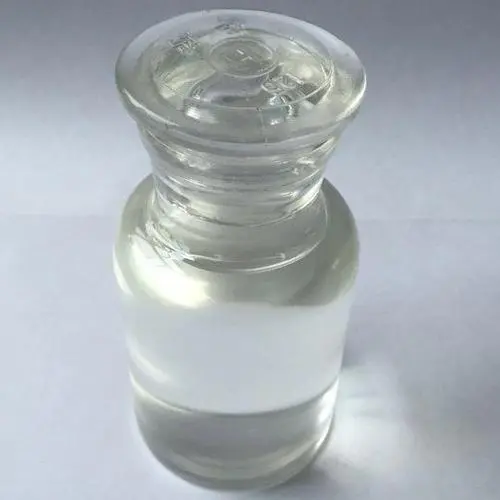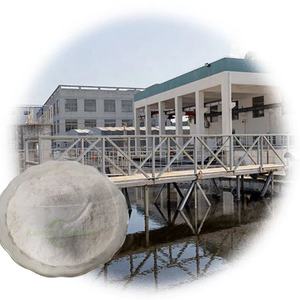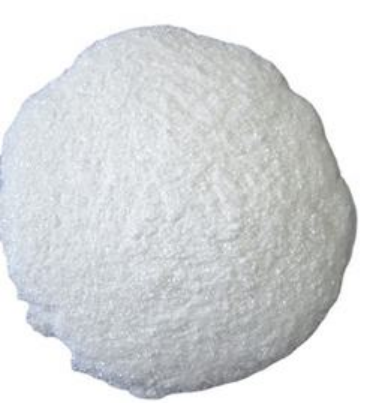1. Introduction
In the past 48 hours, a viral TikTok video reignited public concern over ‘sls sodium lauryl sulfate’ in everyday shampoos, claiming it causes scalp irritation and environmental harm. While the post oversimplified complex chemistry, it highlighted a real need for clarity. Sodium lauryl sulfate—also known as sodium dodecyl sulfate (SDS)—is one of the most widely used anionic surfactants globally, but how does it truly stack up against alternatives like coco betaine, decyl glucoside, or sodium cocoyl isethionate?

This deep-dive analysis cuts through the noise by comparing SLS with seven key surfactant categories across performance, safety, and sustainability. Whether you’re formulating a gentle baby wash or selecting a surfactant for herbicides, understanding these differences matters.
2. What Is Sodium Lauryl Sulfate—and Why Is It So Common?
Sodium lauryl sulfate (SLS), chemically identical to sodium dodecyl sulfate, is a classic anionic surfactant derived from lauryl alcohol (often sourced from coconut or palm kernel oil). Its strong cleansing and foaming power make it a staple in toothpaste, shampoos, and industrial cleaners. You’ll also see it labeled as ‘na lauryl sulfate’ or ‘natrium lauryl sulfate’ in some regions.
As an anionic surfactant, SLS carries a negative charge, which gives it excellent detergency but also increases its potential to disrupt skin barriers—especially at high concentrations or in leave-on products.
3. SLS vs. Sodium Laureth Sulfate (SLES): The Ethoxylation Difference
Often confused, sodium laureth sulfate (also called sodium lauryl ether sulfate or sodium lauryl ether sulphate) is SLS that’s been ethoxylated—meaning ethylene oxide is added to the molecule. This process creates ‘laureth’ (short for lauryl alcohol ethoxylate), resulting in a milder, less irritating surfactant.

While ‘sls sodium laureth sulfate’ is a common mislabeling, they are distinct: SLES (laureth sulphate) is gentler but may contain trace 1,4-dioxane if not properly purified. SLS delivers stronger degreasing but higher irritation risk. In shampoos, ‘sodium lauryl ether sulphate in shampoo’ is preferred for daily use due to its balanced foam and mildness.
4. Natural & Bio-Based Alternatives: Alkyl Polyglucosides and Amino Acid Surfactants
For ‘bio surfactants’ with low toxicity and high biodegradability, alkyl polyglucosides like decyl glucoside and coco glucoside are rising stars. Derived from sugar and fatty alcohols, they’re non-ionic surfactants that work well in synergy with anionic systems.
Similarly, amino acid-based surfactants—such as sodium lauroyl sarcosinate, sodium cocoyl glutamate, and sodium lauroyl methyl isethionate—offer rich foam with minimal irritation. Sodium cocoyl isethionate, often called ‘coco sodium sulfate’ in marketing (though chemically inaccurate), is a favorite in syndet bars for its creamy lather and skin compatibility.
5. Amphoteric and Betaine Surfactants: The Gentle Boosters
Amphoteric surfactants like cocamidopropyl betaine (also labeled as coco betaine, amidopropyl betaine, or cocamido) are zwitterionic—they carry both positive and negative charges depending on pH. This makes them exceptionally mild and ideal for reducing SLS irritation in formulations.

When combined with SLS, cocamidopropyl betaine improves foam stability and reduces the ‘stripping’ effect. It’s a key reason why many shampoos list both ‘sls sodium lauryl sulfate’ and ‘cocamidopropyl’ together—they balance each other.
6. Cationic and Non-Ionic Surfactants: Specialized Roles Beyond Cleansing
While SLS is anionic, cationic surfactants like cetyl trimethyl ammonium bromide (CTAB) or cetyltrimethylammonium bromide are used for conditioning, not cleansing—they bind to negatively charged hair and skin. These are common in hair conditioners but incompatible with anionic systems unless carefully formulated.
Non-ionic surfactants like polysorbate 80, Span80, Pluronic 127 (poloxamer 188), and ethoxylated alcohols serve as emulsifiers or wetting agents. In agriculture, nonionic surfactants act as ‘surfactant for herbicides’ or ‘lawn wetting agent’ to help weed killers spread evenly. Methylated seed oil and lignin sulfonate are also used as ‘wetting agent for grass’ in crop sprays.
7. Safety, Misconceptions, and Market Realities
Despite online fear-mongering, regulatory bodies like the FDA and EU SCCS deem SLS safe at typical use levels (1–15% in rinse-off products). However, sensitive individuals may prefer alternatives like sodium coco sulfate or lauroyl sarcosinate.
It’s worth noting that ‘sodium lauryl sulfate for sale’ is widely available from suppliers like Rohit Surfactants Private Limited, catering to both cosmetic and industrial needs. Meanwhile, exotic options like fluoro surfactants or copper 1 bromide remain niche due to cost and environmental concerns.
8. Conclusion
Sodium lauryl sulfate remains a powerful, cost-effective surfactant—but it’s not the only option. By understanding the differences between anionic, cationic, non-ionic, and amphoteric surfactants, formulators and consumers can make informed choices. Whether you prioritize mildness (alkyl polyglucosides), foam quality (SLES), or agricultural efficacy (nonionic surfactants), the right surfactant depends on your specific need—not viral myths.
Our Website founded on October 17, 2012, is a high-tech enterprise committed to the research and development, production, processing, sales and technical services of ceramic relative materials such as 7. Our products includes but not limited to Boron Carbide Ceramic Products, Boron Nitride Ceramic Products, Silicon Carbide Ceramic Products, Silicon Nitride Ceramic Products, Zirconium Dioxide Ceramic Products, etc. If you are interested, please feel free to contact us.


